
Benjamin Sachs is the Kestnbaum Professor of Labor and Industry at Harvard Law School and a leading expert in the field of labor law and labor relations. He is also faculty director of the Center for Labor and a Just Economy. Professor Sachs teaches courses in labor law, employment law, and law and social change, and his writing focuses on union organizing and unions in American politics. Prior to joining the Harvard faculty in 2008, Professor Sachs was the Joseph Goldstein Fellow at Yale Law School. From 2002-2006, he served as Assistant General Counsel of the Service Employees International Union (SEIU) in Washington, D.C. Professor Sachs graduated from Yale Law School in 1998, and served as a judicial law clerk to the Honorable Stephen Reinhardt of the United States Court of Appeals for the Ninth Circuit. His writing has appeared in the Harvard Law Review, the Yale Law Journal, the Columbia Law Review, the New York Times and elsewhere. Professor Sachs received the Yale Law School teaching award in 2007 and in 2013 received the Sacks-Freund Award for Teaching Excellence at Harvard Law School. He can be reached at [email protected].
I’ve been reading Alex Rosenblat’s excellent work on Uber, and want to emphasize one of her findings, a finding that is highly relevant to the employment question but one that we haven’t highlighted sufficiently on the blog. (For other coverage of Rosenblat’s findings, see here).
In a paper co-authored by Luke Stark, Rosenblat describes what she calls Uber’s “blind passenger acceptance” rule. In brief, the rule prevents drivers from knowing a passenger’s destination at the time the passenger requests a ride. The result is that drivers cannot actually decide whether to accept a ride based on an assessment of whether the ride is likely to be highly profitable, marginally profitable, or not profitable at all. Put differently, the acceptance rule that Rosenblat identifies means that Uber drivers are unable to assess the economic value of the ride before deciding whether to accept it. (And the “blind passenger acceptance” rule operates against the background of another Uber policy: drivers are required to maintain high ride acceptance rates, or face “time outs” from the app.) Here’s Rosenblat and Stark’s description:
When active Uber drivers receive a ride request through the system, they have about 15 seconds to accept it or reject it. When Uber drivers accept a ride request, they take on the risk that the ride’s fare will not be profitable; yet, drivers are not shown destination or fare information before they accept a ride. Jason from Raleigh, North Carolina, who had driven for about a year, said, “You’re driving around blind. When it does ping, you might drive 15 minutes to drive someone half a mile. There’s no money in it in that point, especially in my SUV.” Although hiding the destination before a driver chooses to accept or decline a ride request can potentially prevent destination-based discrimination (Smart et al., 2015), it can also foster reduced wages for drivers.
The “blind passenger acceptance policy” has clear relevance to the legal analysis of whether Uber drivers are employees or independent contractors. Take the D.C. Circuit’s highly restrictive test in FedEx Home Delivery where the court held that the animating question in independent contractor/employee cases is “whether the position presents the opportunities and risks inherent in entrepreneurialism.” Or, similarly, take the Restatement’s new definition:
[A]n individual renders services as an employee of an employer if [] the employer [] effectively prevents the individual from rendering those services as an independent businessperson.
The essence of both these prominent formulations is that an independent contractor is someone who can operate as an entrepreneur, or as an independent businessperson, would operate. Can we imagine any genuinely entrepreneurial or independent-business context in which the entrepreneur is prevented from knowing the essential details of the transaction before she decides whether to enter into it? To the contrary, the essence of independence is the ability to decide – based on relevant information – whether to engage in a business transaction. By depriving drivers of the ability to know a passenger’s destination, Uber prevents drivers from making an independent assessment of the ride proposed and thus from making a genuinely independent business judgment about accepting the ride. Uber thereby prevents the individual driver from rendering its services as an independent business person would.
More evidence of employee status, thanks to Rosenblat’s superb study.

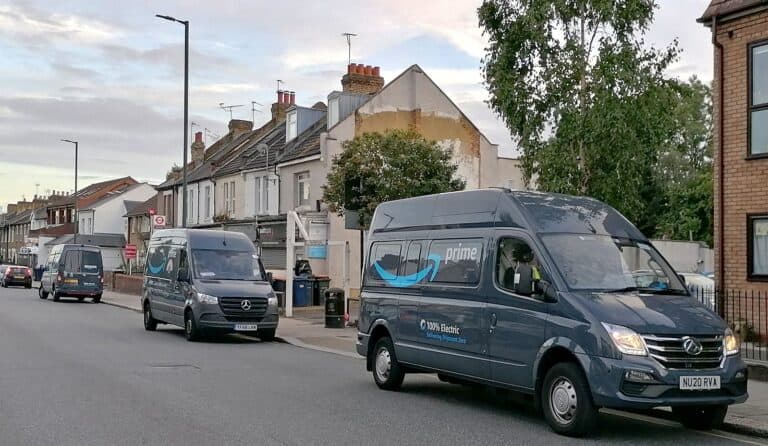
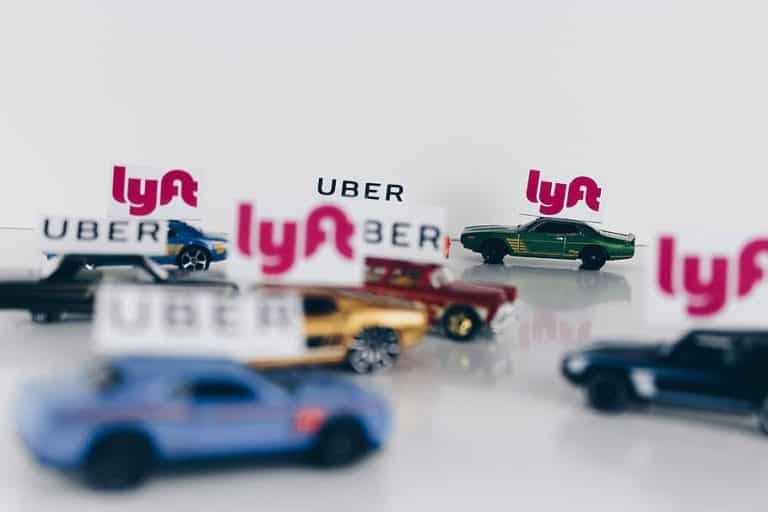



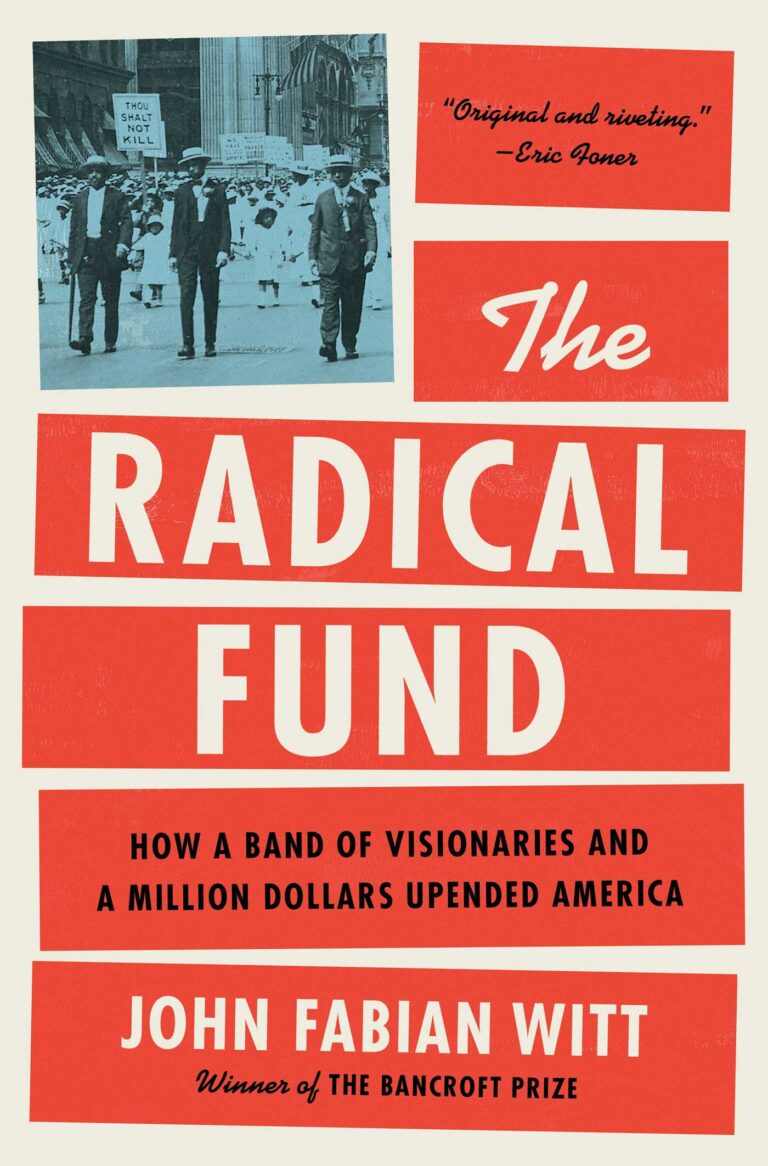
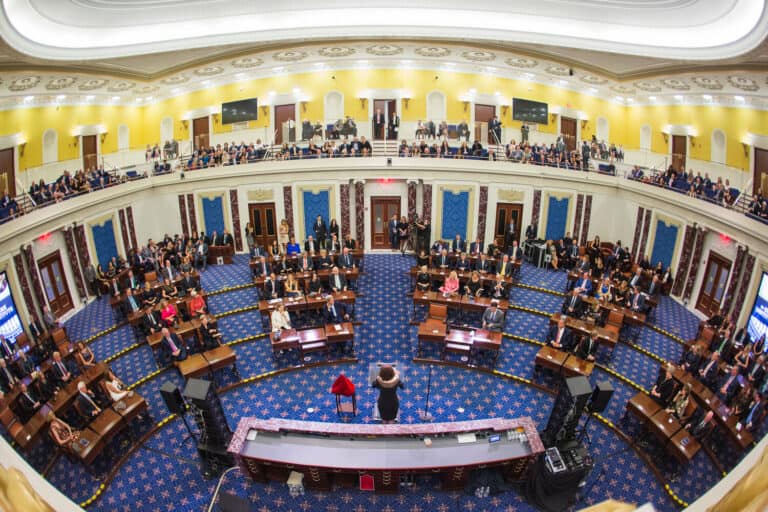

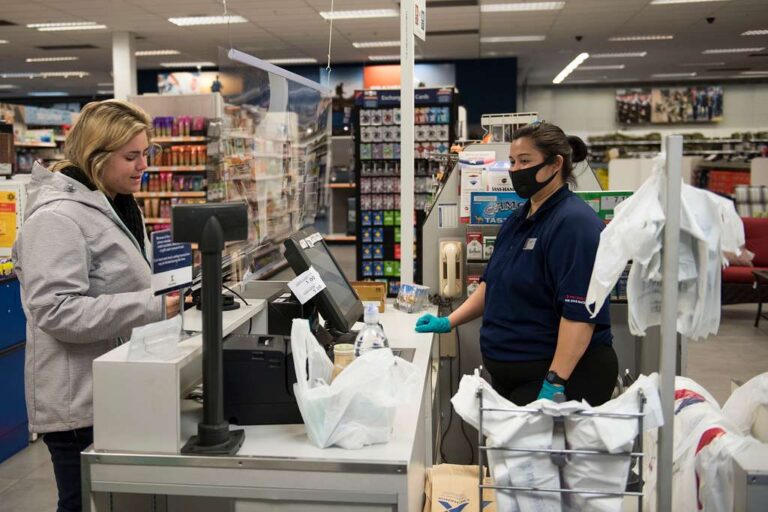
Daily News & Commentary
Start your day with our roundup of the latest labor developments. See all
November 4
Second Circuit declines to revive musician’s defamation claims against former student; Trump administration adds new eligibility requirements for employers under the Public Service Loan Forgiveness program; major labor unions break with the AFGE's stance on the government shutdown.
November 3
Fifth Circuit rejects Thryv remedies, Third Circuit considers applying Ames to NJ statute, and some circuits relax McDonnell Douglas framework.
November 2
In today’s news and commentary, states tackle “stay-or-pay” contracts, a new preliminary injunction bars additional shutdown layoffs, and two federal judges order the Trump administration to fund SNAP. Earlier this year, NLRB acting general counsel William Cowen rescinded a 2024 NLRB memo targeting “stay-or-pay” contracts. Former General Counsel Jennifer Abruzzo had declared that these kinds […]
October 31
DHS ends work permit renewal grace period; Starbucks strike authorization vote; captive-audience ban case appeal
October 30
Sweden’s Tesla strike enters its third year; Seattle rideshare drivers protest Waymo’s expansion in the city.
October 29
9th Circuit rejects challenge to NLRB's constitutional structure; preemption challenges to state labor peace statutes